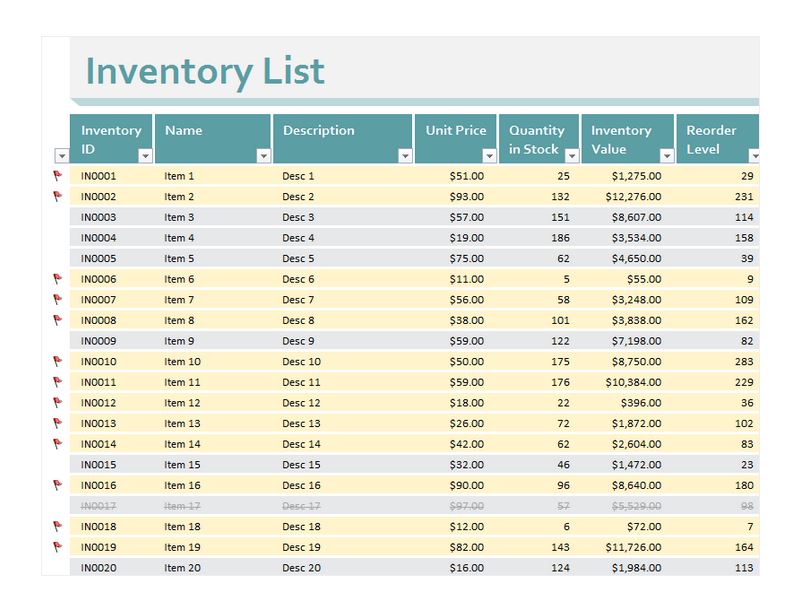Apartment Inventory Excel Sheet Creation Guide

Whether you're managing a single apartment or an entire complex, keeping track of inventory is crucial for efficient property management. An Apartment Inventory Excel Sheet serves as a powerful tool to monitor and manage all your assets, from appliances to decor, ensuring nothing is misplaced or forgotten. In this guide, we'll walk through the creation of a comprehensive Excel sheet tailored for apartment inventory, providing detailed steps and insights to help you set up and utilize this resource effectively.
The Importance of Inventory Management in Apartment Living

Managing inventory in an apartment setting isn't just about knowing where everything is; it's about:
- Preventing Losses: Keeping an eye on high-value items like electronics or furnishings.
- Simplifying Turnovers: Facilitating move-ins and move-outs by knowing exactly what's in each unit.
- Tracking Maintenance: Ensuring all items are maintained, repaired, or replaced timely.
- Insurance Claims: Having a detailed record can expedite insurance claims in case of damage or theft.
- Lease Compliance: Verifying tenants have all required items, as per the lease agreement.

Setting Up Your Apartment Inventory Excel Sheet

Designing Your Excel Sheet

When designing your Excel sheet, you'll need to:
- Create separate columns for each piece of information, like Item Name, Location, Purchase Date, Condition, Cost, and Notes.
- Decide on a categorization method, like by room or item type.
- Leave room for future notes or updates.

How to Set Up the Columns

Here's a suggested layout:
| Column A | Column B | Column C | Column D | Column E | Column F |
|---|---|---|---|---|---|
| Item Name | Location | Purchase Date | Condition | Cost | Notes |

Adding Data to the Excel Sheet

Once the sheet is set up, here's how you can populate it:
- Walk Through: Go through each apartment room by room, taking inventory.
- Label Items: Enter all items, using the same descriptive style (e.g., "Lampshade - Black - Living Room")
- Categorize: Use categories like "Kitchen," "Bedroom," "Furniture," or "Electronics."
- Record: Input purchase dates and costs where known.
- Condition Check: Note any wear, damage, or maintenance requirements.
- Use Notes: For any specific information that needs tracking.
📌 Note: Always keep records up to date, especially after tenant turnovers or when items are moved, replaced, or repaired.
Maintaining Your Inventory

Maintenance of your inventory involves:
- Regular Checks: Periodically go through the inventory to ensure everything is accounted for.
- Updates: Change condition status, note new purchases, or replacements.
- Archiving: Archive sheets for previous tenants or completed jobs for future reference.
- Backups: Keep a backup of the Excel file, perhaps in the cloud or on an external drive.
In sum, an Apartment Inventory Excel Sheet is an indispensable tool for any property manager. By following this guide, you'll have a well-organized, easily updatable inventory system, enhancing your apartment management, saving time, and reducing potential issues. Remember to keep it dynamic, making it work for your unique setup, and ensure regular maintenance for the best results.
How often should I update my apartment inventory?

+
You should update your apartment inventory at least quarterly or after any major changes like tenant turnovers or major repairs.
Can I use Google Sheets for apartment inventory?

+
Yes, Google Sheets offers a similar functionality to Excel and can be easily shared and accessed by multiple people simultaneously, which can be beneficial for property management teams.
What are the benefits of digital inventory over physical?

+
Digital inventory systems allow for quick updates, backups, accessibility from multiple devices, and easier sharing with team members. They also eliminate the risk of losing physical records.



